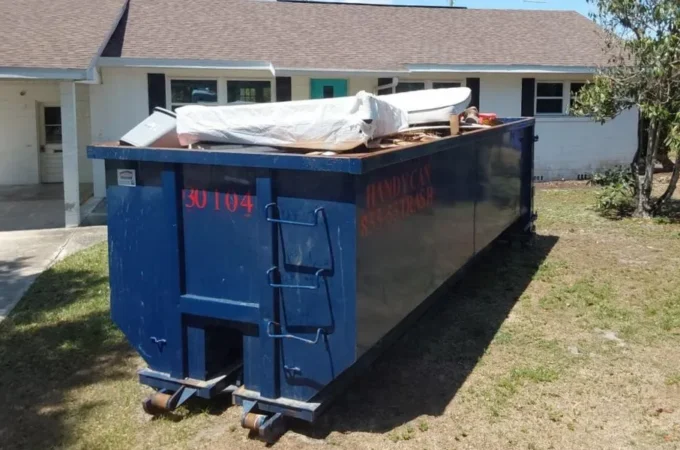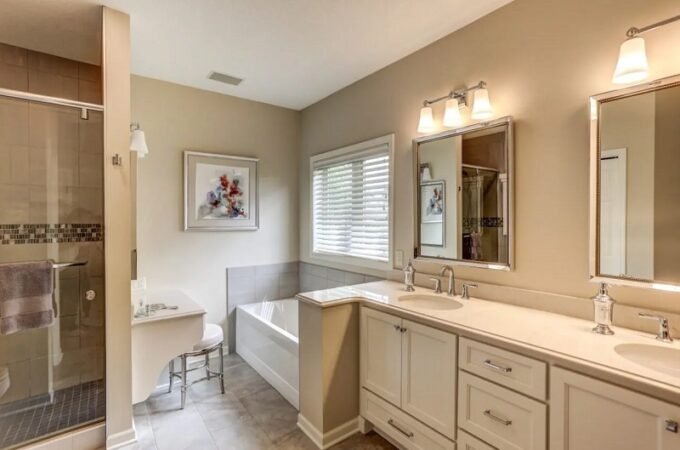
Will your California ADU budget cover all the real expenses?
Standard construction estimates often fail to include numerous essential costs when planning your accessory dwelling unit in California. The typical cost of 800 sq ft ADU in California represents the starting point in a complex financial picture. Without accounting for these frequently omitted expenses, your budget may fall significantly short, forcing difficult decisions mid-project or requiring additional financing at critical moments.
Table of Contents
TogglePre-construction costs that shock homeowners
Most construction estimates focus exclusively on direct building costs materials, labour, and standard fixtures. However, they typically exclude pre-construction expenses like architectural design, engineering, surveying, and soil testing. These professional services can add 10-15% to your total project cost, but are essential for permit approval in California.
Permit fees represent another substantial expense often minimised in initial budgets. While some California jurisdictions have reduced ADU permit costs, others still charge significant amounts for plan checks, impact fees, school fees, and utility connection charges. These governmental fees can’t be negotiated away and must be paid before construction begins, creating a substantial upfront expense.
Site preparation expenses frequently surprise homeowners. Demolition, grading, foundation preparation, and utility trenching create necessary costs before vertical construction begins. These site-specific expenses vary dramatically based on your property’s unique characteristics and can significantly impact your total investment beyond basic square-footage calculations.
Code requirements that inflate your budget
California’s building codes and local regulations frequently trigger expenses beyond basic construction:
- Fire sprinkler systems in certain jurisdictions
- Energy efficiency requirements exceeding standard construction
- Accessibility features depending on configuration and intended use
- Sound insulation for units near property lines
- Water-conserving fixtures and landscaping
These regulatory requirements aren’t optional upgrades—they’re mandatory expenses that vary by location. Without researching your specific jurisdiction’s requirements, your budget may omit substantial costs that become apparent only during the permitting process, when project momentum makes it difficult to reconsider your financial approach.
Utility connection fees and infrastructure upgrades create another frequent budget surprise. Many properties cost of 800 sq ft ADU in California require electrical panel upgrades, water meter installations, sewer capacity charges, or gas line extensions to support an ADU. These infrastructure improvements benefit your entire property but represent significant expenses rarely included in construction bids.
Timeline delays that drain your finances
Construction schedules in California frequently extend beyond initial projections due to permit delays, inspection backlogs, weather interruptions, and material availability issues. These timeline extensions directly impact your project cost through:
- Extended construction loan interest payments
- Increased contractor overhead and supervision charges
- Storage fees for materials awaiting installation
- Inflation effects on materials purchased later in the project
- Delayed rental income if building as an investment property
Most construction estimates assume ideal conditions and uninterrupted work progress. The reality often includes delays beyond anyone’s control, particularly in California’s complex regulatory environment. Without budget allowances for these timeline variations, your financial planning may prove inadequate as the project progresses.
Contingency funds that save your project
The most crucial element missing from most ADU budgets is adequate contingency funding. Construction inevitably includes surprises unexpected site conditions, material substitutions due to availability issues, design modifications to address previously unknown constraints, or building department requirements that emerge during inspections. Without a substantial contingency reserve—typically 15-20% for California ADU projects—these unexpected expenses can deplete your financial resources before completion. This contingency isn’t padding to be eliminated during budget-tightening; it’s essential protection against the inevitable unknowns in any construction project.
Quality variations represent another potential budget issue. When facing cost overruns, homeowners often economise by selecting lower-quality fixtures, appliances, or finishes than initially planned. These compromises may solve immediate budget constraints, but can create long-term maintenance issues or reduced property value, ultimately costing more than the original higher-quality selections. Building an ADU in California requires thorough financial planning beyond basic construction estimates.






